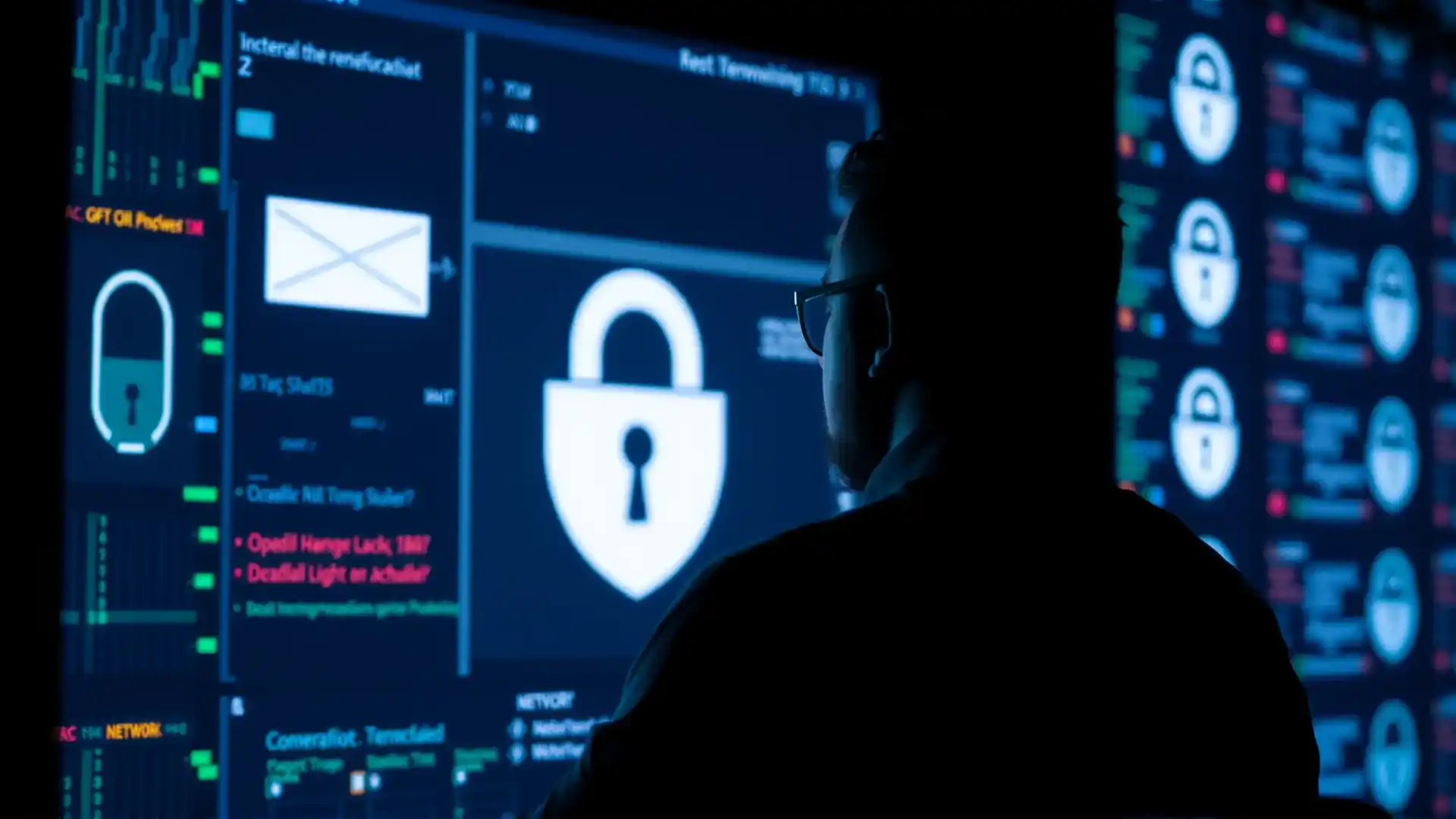Table of Contents
As the remote work movement continues to sweep the world, more and more people are working off-site, bringing the importance of cyber threats in 2024 into sharper relief.
Threats are constantly evolving in a continuously shifting digital landscape. With instances of cybercrime increasing with each passing year, the risk posed by malicious threat actors is greater than it has ever been. As such, it is now paramount that you, as a remote worker, take appropriate measures to secure your digital work environment and safeguard yourself against cyber risks.
In this piece, we will discuss some vital practices, highlighting how they can help you mitigate cyber threats, improve your cybersecurity, maintain SEO productivity with tools like Orca, ensure security across industries, and have peace of mind as a remote worker.
#1 Utilize a Virtual Private Network
Nowadays, using a VPN (virtual private network) is one of the most fundamental aspects of protecting yourself online. This technology is increasingly being used for casual private browsing, gaming platforms, and streaming like Netflix, Hulu, and Amazon Prime. Still, as someone who depends on online work to satisfy their clients, having a secure digital workspace is critical.
Now that we know who uses VPNs, let’s examine precisely what they are and how they work. VPNs are transformational to cybersecurity because they can help protect in two critical ways. Firstly, a VPN will divert your connection and mask your IP address, helping to protect you against the IP tracking that malicious agents like hackers may use to steal your data for reconnaissance.
More crucially, a VPN will route your device traffic through a secure tunnel, applying strong encryption protocols to make it indecipherable to interceptors. This enables you to ensure that sensitive or confidential data is secure, even when you need to work on open public Wi-Fi networks.
#2 Implement Multi-Factor Authentication (MFA)

Working online typically means relying on various online platforms and services for your work, so using multi-factor authentication (MFA) in conjunction with strong passwords is an absolute must. Enabling MFA will mean that additional forms of verification will be required to log in to your online accounts, beyond just your password, whether that’s an email confirmation, SMS code, or finger in the case of mobile applications. To further strengthen your login credentials, consider using a free password generator to create complex, unique passwords that are difficult to crack and resistant to brute-force attacks. To further enhance your online security, consider utilizing a DKIM record checker to ensure the authenticity of incoming emails.
With password-oriented attacks like keylogging, credential studying, and Man-in-the-Middle (MitM) attacks becoming increasingly common, MFA can offer you a way to stay protected and safeguard sensitive data, even if one of your account passwords is somehow compromised. By requiring OTP verification, MFA ensures that stolen passwords alone are not enough to access an account.
This way, you can freely use all of the online productivity tools and platforms you need for your work without worrying about the risk of unauthorized access due to a simple slip-up.
#3 Use Secure Communication Channels
Digital communication is a huge part of how effective remote work is done these days, but with all of your collaborations taking place online, the risk posed by cyber threats like phishing and social engineering poses a considerable threat. For this reason, using secure communication channels is essential.
Regardless of the type of communication you use, whether it’s email, instant messaging, or videoconferencing, you should ensure that the service you use is encrypted and ideally includes some robust security features and access controls to complement that encryption. Additionally, incorporating remote device management into your security strategy can help you monitor and secure all devices accessing your network, providing an extra layer of protection for your communications. This will help to protect private data, shared files, and proprietary assets against unauthorized access so that you can maintain confidentiality and integrity in all of your professional interactions.
#4 Conduct Regular Updates
As a remote worker utilizing a wide variety of different digital tools, it’s easy to become complacent, either forgetting which applications are up to date or delaying the process through procrastination. It may sound simple, but making a conscious effort to keep software and systems up to date can have a major impact on your cybersecurity.
Software developers are routinely releasing updates and patches to support their products, and for good reason. Threat actors are always looking for new ways to mount attacks, so when vulnerabilities are identified, they need to be patched out in order to effectively mitigate risk.
It’s good practice to do a regular update check on all of your essential operating systems, applications, and security software to make sure the latest patches are installed and to enable automatic updating wherever it’s available. By doing this, you can consistently shut down security gaps that malicious actors could potentially exploit and strengthen your cybersecurity.
Wrapping Up
In a shifting digital landscape, the proliferation and evolution of cyber threats mandate robust cybersecurity practices for remote workers. By utilizing VPNs, implementing multi-factor authentication, integrating AI into your cybersecurity practices, using secure communication channels, and conducting regular updates you can take proactive action against these threats.
In doing so, you can effectively mitigate cyber risks and protect sensitive data to maintain security, productivity, and continuity in your digital workspace.